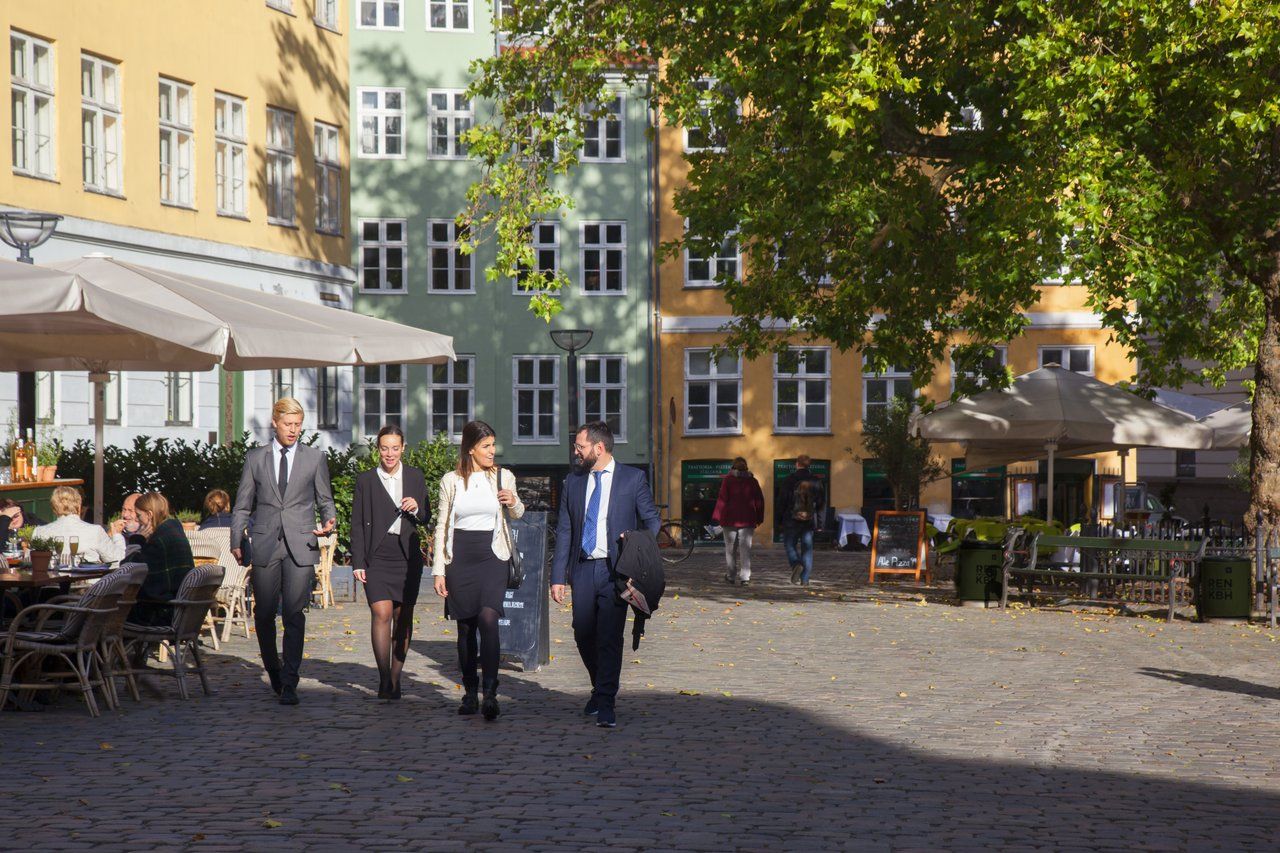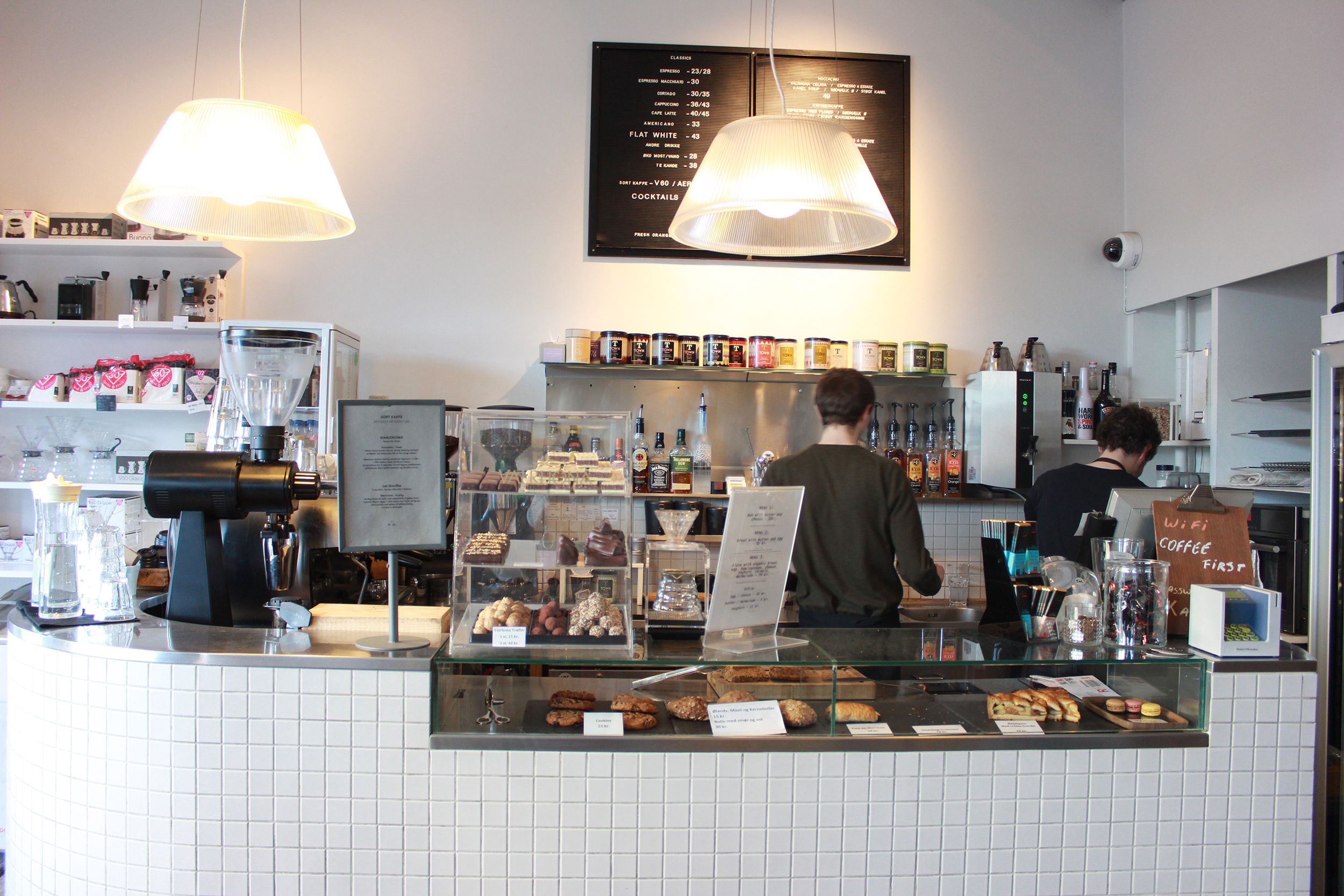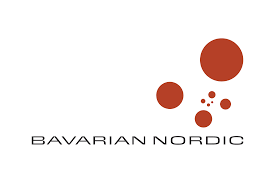A nickname can say a lot about the person who bears it. But nicknames can also say something about the person who bestows them. In the Danish military, for example, it’s telling that new recruits are often nicknamed according to the part of the country they come from. The reasoning goes that doing so would make it easier for officers to find soldiers in their units with knowledge of a specific part of the country, should they find themselves operating there.
A tradition that continues until this day, indentifying soldiers with a specific part of Denmark no doubt instils a sense of patriotism at a time when military missions have seemingly very little do with national security. However, it also says a lot about just how outdated the idea of conscription has become.
With the end of the Cold War, the Danish military – like those in most other Western countries – has had a more important role to play operating abroad than defending the fatherland. In the Danish case, defence forces have served in the Balkans, Iraq, Afghanistan, over Libya and off the coast of Somalia, just to name some of the more prominent missions.
None of the personnel deployed on any of these international missions, however, are conscripts. While Denmark on paper is a conscript military, the country in reality has two types of service members: conscripts, who are left at home to defend the borders from a theoretical enemy, and professional soldiers, who are an increasingly important tool of the nation’s foreign and security policy.
In a world of limited budgets and increasingly demanding foreign operations, it’s hard to see the justification for continuing to spend 500 million kroner annually to keep a conscript army standing ready to fight an enemy that doesn’t exist – not least when 95 percent of the 5,000 new recruits each year are volunteers anyway.
While it’s unlikely that all of those recruits would volunteer for long-term military service, even if a fraction did so, it would be a significant addition to a military that counts 20,000 active professional soldiers.
Historians agree that adopting conscription was essential to the development of a modern army that was prepared to defend the nation’s borders. But that was in 1804. Here in 2012, success on the battlefield requires a new modern approach to filling the ranks of the nation’s military.














